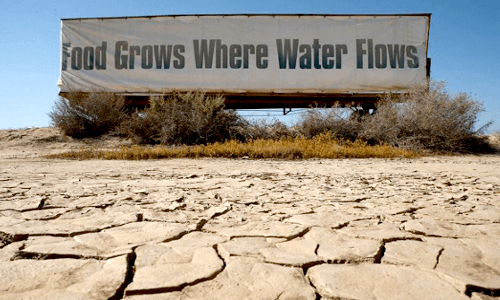CBS News recently focused on the impacts of groundwater pumping in California, but the causes were avoidable. Improving the reliability of surface water to avoid extracting groundwater from aquifers was a primary goal of California’s water projects. The reality is, California groundwater overdraft impacts were preventable. We applaud 60 Minutes for discussing the important issue […]
UC study provides look at consequences from water shortages
Below is a statement by Mike Wade, Executive Director of the California Farm Water Coalition. An updated study released today by the California Department of Food and Agriculture and the UC Davis Center for Watershed Sciences provides a glimpse of the consequences of water supply shortages for the state of California. These effects will […]
